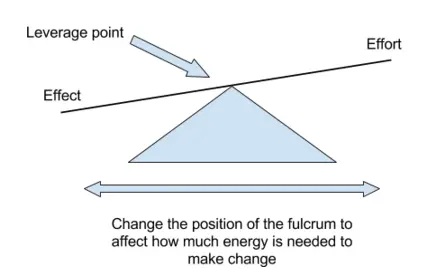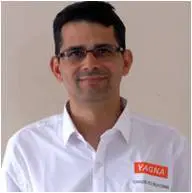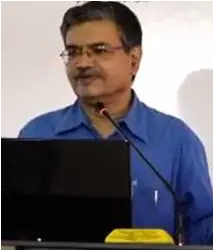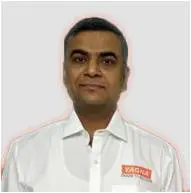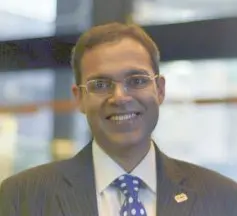Why Change
What To Change
What To
Change To
How To Cause
The Change
Implement a few changes at a time
What Next – POOGI
Ongoing improvement to generate exponential growth
High-level Assessment Process
Information Collection – The client team leads this phase
- Understanding the organisation
- Facts about the organisation
- Facts about the market
- Facts of Project
- Articulate the Problem Symptoms or Undesirable Effects (UDE)
Analysing and Diagnosing –
Client and Yagna teams collaborate
- Apply Thinking Process Steps
- Surface the dilemma underlying each UDE
- Surface the Vicious Cycles
- Define the Core Cause
- Verify the Current Reality by checking connections with the Core-Cause_Current Reality Tree
- Estimate the potential available to unlock
Assessment Outcome
- Understanding of the current reality of the organisation:
- Surface the different chronic undesirable effects and the underlying dilemma
- Surface the vicious cycles that various stakeholders are experiencing
- Connecting symptoms to causes and convergence to the core-cause-the leverage point
- Estimation of the untapped value available
- The broad direction of solution: Few decisions and steps that could un-lock the potential
request for assessment
Though Yagna strongly believes that every company has the potential to earn much more throughput from the existing investment but still it necessarily insists on conducting assessments before embarking on the TOC Implementation journey.
It not only creates a buy-in on the problems and the direction of the solution but also confirms that there is a good enough business case for both the parties to move to the next step of Adoption.

